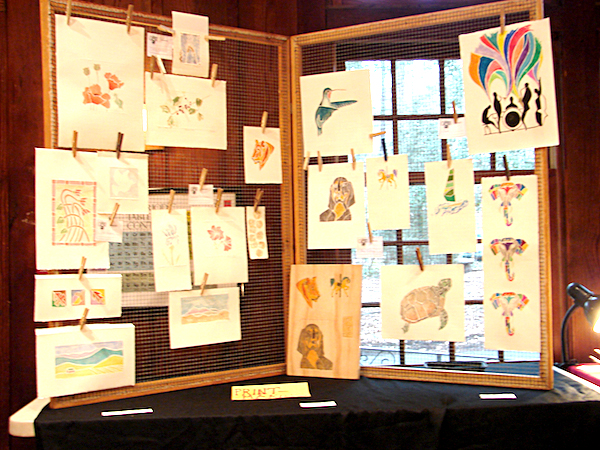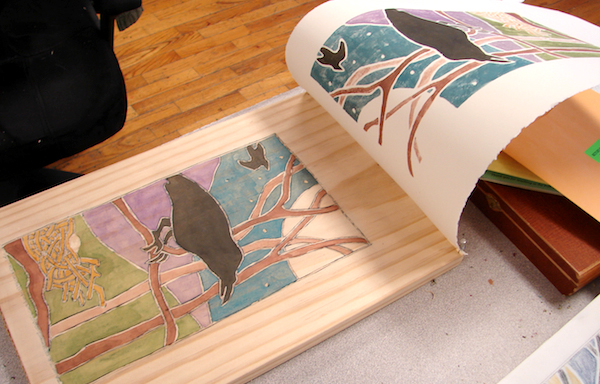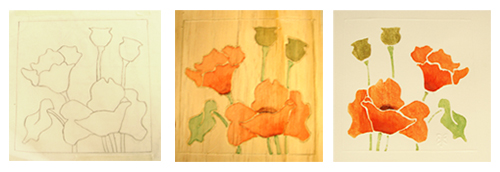[caption id="attachment_11908" align="aligncenter" width="600"]
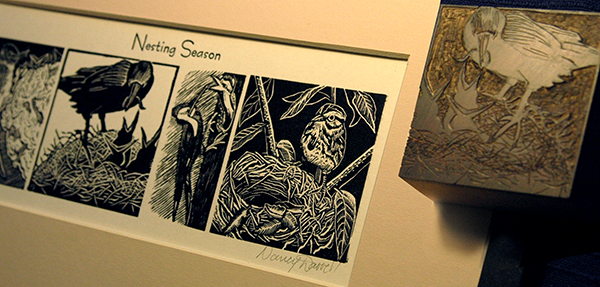
Student print and block project created in Jim Horton's Wood Engraving class at the Folk School[/caption]
I recently talked with instructor Jim Horton about printmaking, wood engraving, his upcoming classes and the new Book and Paper Arts Studio. Jim has been a printmaking/graphic design instructor for 43 years, with special interest in historic graphic tools and processes. His work ranges from job printing and book arts to limited-edition prints. Enjoy our interview!
[caption id="attachment_11904" align="alignright" width="285"]
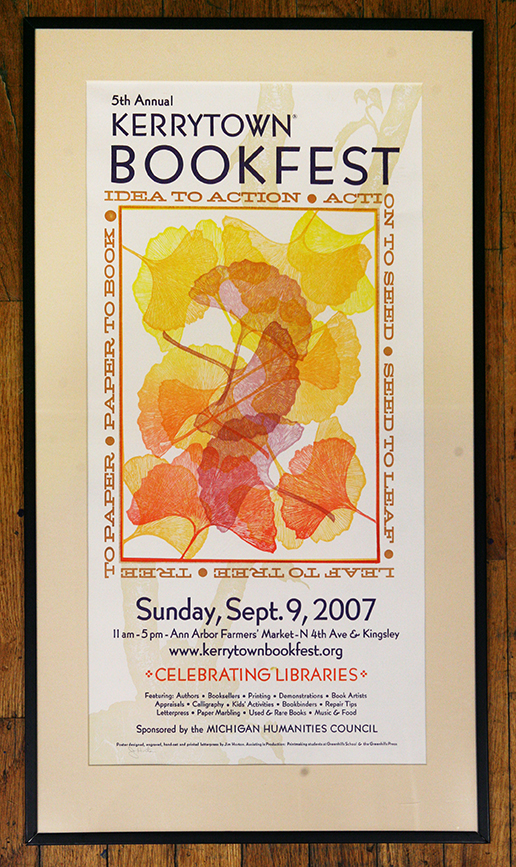
Poster by Jim Horton[/caption]
CP: Where are you from?
JH: I was born in Oklahoma, but lived most of my life in Ann Arbor, Michigan. Midwesterner to the bone, but I sure like to visit the South.
CP: Tell me about your history with printmaking?
JH: My father was a sign painter, the old fashioned kind using a brush and gold leaf. It was an incredible skill. He also did silk screen printing back when the fabric was real silk. He cut stencils by hand. So graphic arts was always highly respected on our family culture. Making woodblock prints was way cool. As a college student in art school, naturally, I gravitated to the printmaking studio. I was at home there. I loved the industriousness of proofing an edition of prints on fine paper.
CP: What do you do when you are not in Brasstown?
JH: I was an art teacher, and at every level, teaching graphic design, studio art.. all mediums. That and always printing. A few years back I deeply got into letterpress and engraving. I live in a rural area, and love working outdoors, walking and doing yoga. I still love to draw too. I go over to the local universities and draw from life (models).
[caption id="attachment_11906" align="aligncenter" width="480"]
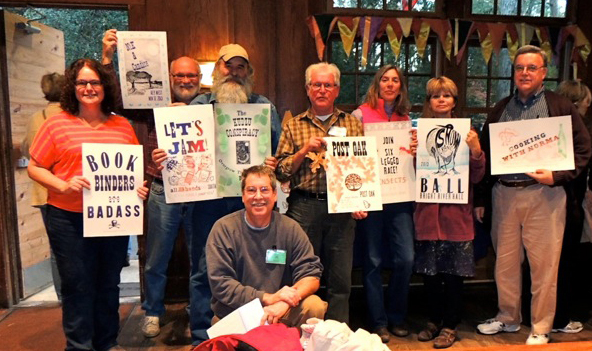
Class photo and projects from Jim's class: "The Art of the Great American Poster"[/caption]
CP: How long have you been coming to/teaching at the Folk School?
JH: I want to say about seven years.
Dea Sasso got me here, and she was right. People like the
Pattersons, we can only get down here in these hills.
[caption id="attachment_11910" align="alignright" width="480"]
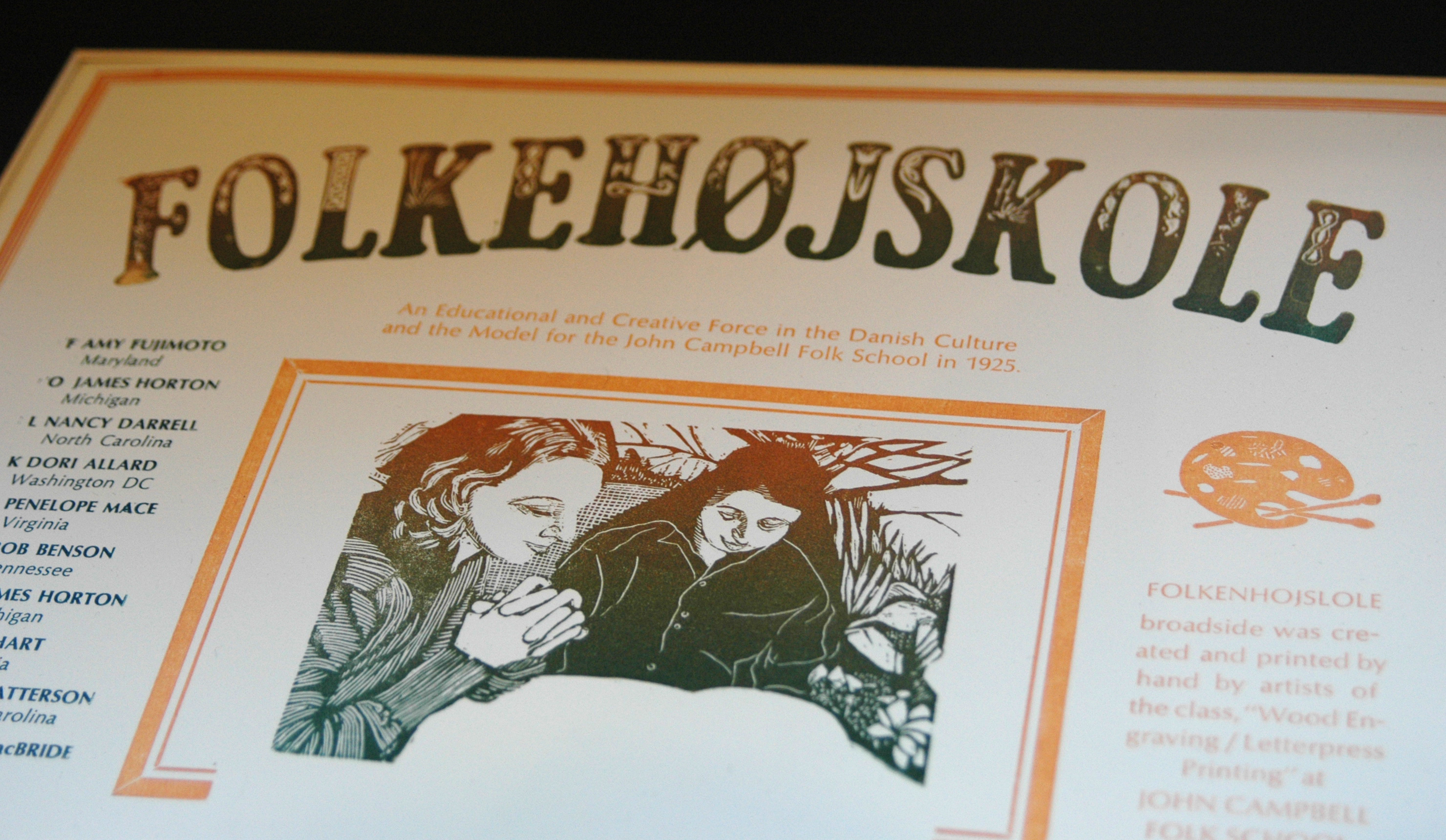
Folkehøjskole print by Jim Horton and illustrations by Nancy Darrell[/caption]
CP: What are projects are you working on currently? Where do you draw inspirations from?
JH: I am illustrating and printing a book of traditional folk songs. I love cowboy songs...why? I don't know. I also love old gospel, though I am not the least bit religious in a doctrinal sense.
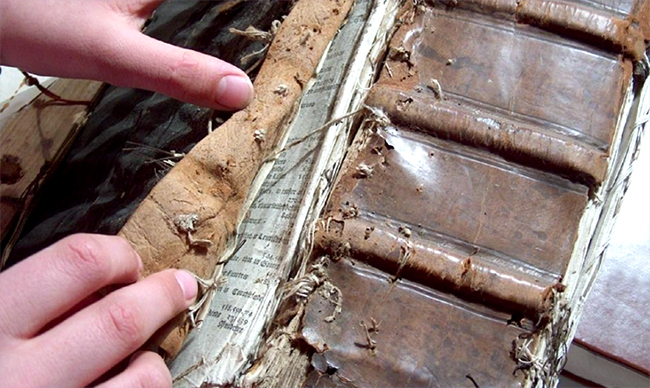 A rare book in need of restoration[/caption]
[caption id="attachment_13546" align="alignright" width="212"]
A rare book in need of restoration[/caption]
[caption id="attachment_13546" align="alignright" width="212"]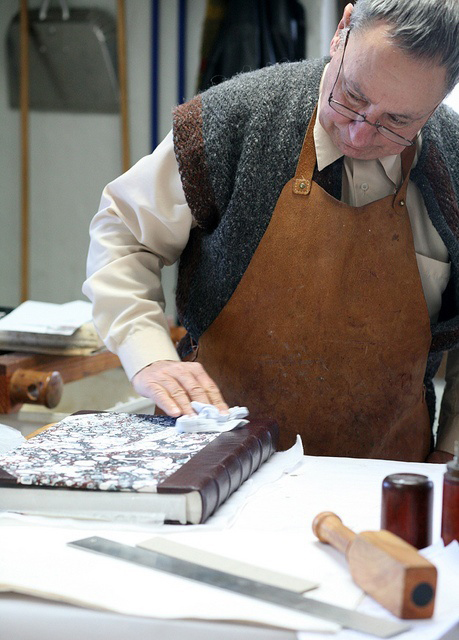 Gian Frontini teaching in Lower Keith House Studio[/caption]
Gian Frontini has taught book making and restoration at the Folk School for many years. He runs a small bindery in Amherst Island, Ontario, and concentrates on restoration and conservation of early leather and vellum bindings. I talked Gian about his upcoming class: Book Restoration Clinic, about book making, the Folk School, and more. Enjoy our interview!
CP: Tell me about yourself. Where are you from, and what originally brought you to Brasstown?
GF: I live on an island in Lake Ontario with my wife Pat, who is professional potter and weaver. Amherst Island is a wonderful and peaceful place, ideal to lose yourself in your craft. My wife is English and I am Italian. We both came to Canada 50 years ago. I was employed in an international company and Canada is the place we loved the most of everywhere I worked all over the world. Brasstown came into our life when Pat met Martha Owen in 1999 at a spinners' conference. The next year we came to the school, and since then it has become a bigger, and bigger part of our life.
[caption id="attachment_13544" align="alignright" width="272"]
Gian Frontini teaching in Lower Keith House Studio[/caption]
Gian Frontini has taught book making and restoration at the Folk School for many years. He runs a small bindery in Amherst Island, Ontario, and concentrates on restoration and conservation of early leather and vellum bindings. I talked Gian about his upcoming class: Book Restoration Clinic, about book making, the Folk School, and more. Enjoy our interview!
CP: Tell me about yourself. Where are you from, and what originally brought you to Brasstown?
GF: I live on an island in Lake Ontario with my wife Pat, who is professional potter and weaver. Amherst Island is a wonderful and peaceful place, ideal to lose yourself in your craft. My wife is English and I am Italian. We both came to Canada 50 years ago. I was employed in an international company and Canada is the place we loved the most of everywhere I worked all over the world. Brasstown came into our life when Pat met Martha Owen in 1999 at a spinners' conference. The next year we came to the school, and since then it has become a bigger, and bigger part of our life.
[caption id="attachment_13544" align="alignright" width="272"]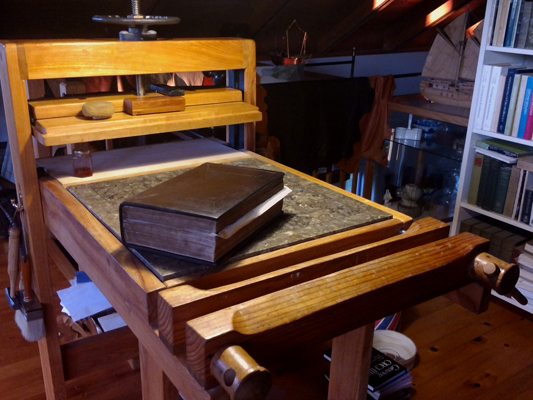 Gian's South Shore Bindery on Amherst Island[/caption]
CP: I know you have a cabin very close to the Folk School. Do you spend some of the year here?
GF: We spend three months of the year here, usually in the fall and spring. The summers are too lovely on Amherst Island and I love the fierce frozen wastes of the Northern winters. It is incredible that we have the choice of such lovely places.
CP: Why do you like teaching at the Folk School?
GF: The Folk School is an unique sharing experience for both teachers and students. It is rare to find a place where you can freely exchange ideas and knowledge. I love teaching at the Folk School because I learn from the students and make so many good friends.
Gian's South Shore Bindery on Amherst Island[/caption]
CP: I know you have a cabin very close to the Folk School. Do you spend some of the year here?
GF: We spend three months of the year here, usually in the fall and spring. The summers are too lovely on Amherst Island and I love the fierce frozen wastes of the Northern winters. It is incredible that we have the choice of such lovely places.
CP: Why do you like teaching at the Folk School?
GF: The Folk School is an unique sharing experience for both teachers and students. It is rare to find a place where you can freely exchange ideas and knowledge. I love teaching at the Folk School because I learn from the students and make so many good friends.




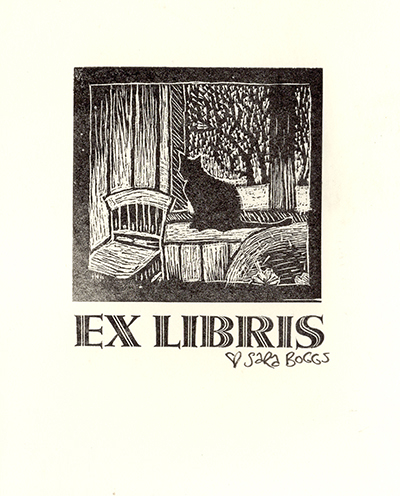
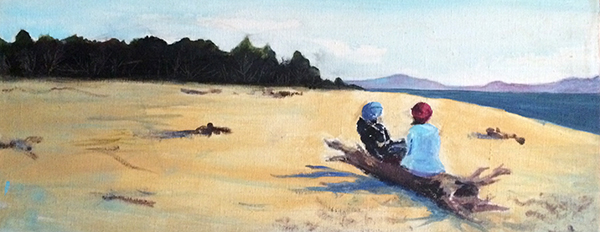
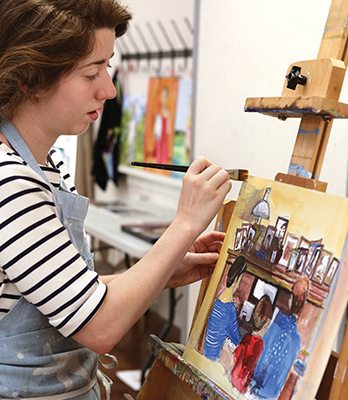
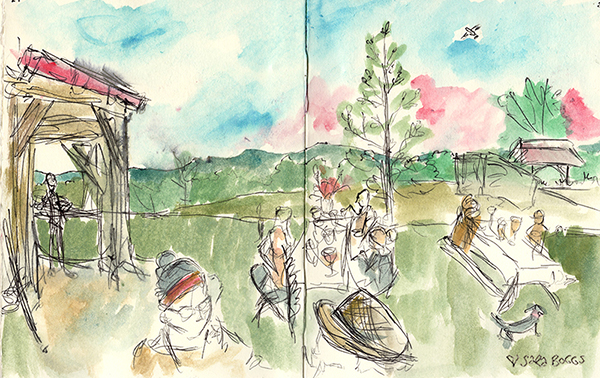




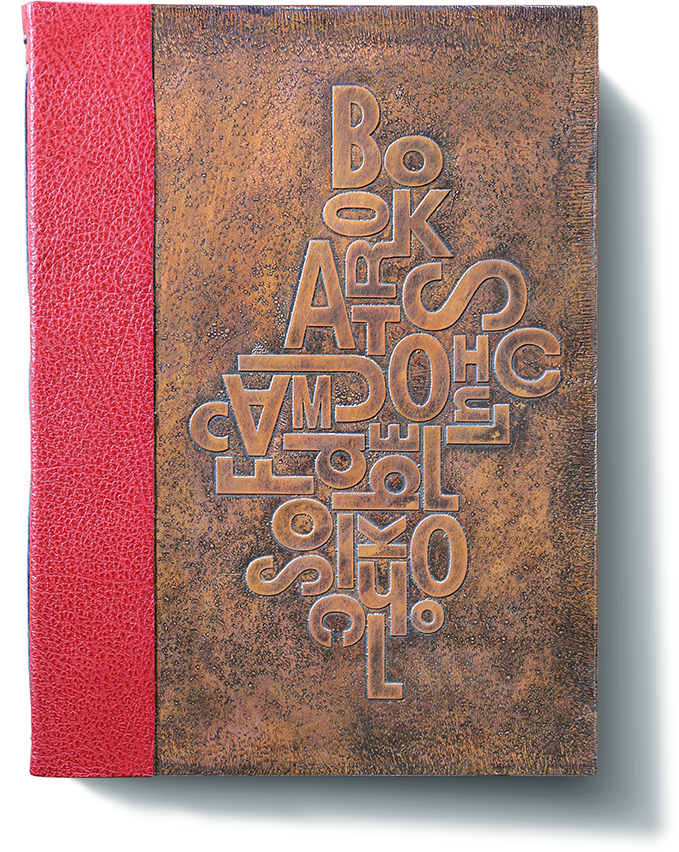
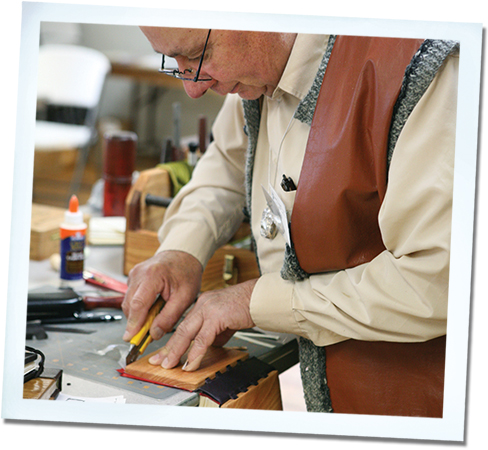 We were helping people to find common ground at times when others tried to divide us about race, class, gender, orientation, origin, personal appearance, attitude, religion, and footwear. We are not really about crafts or music or books, though we teach and learn them at the very highest levels; to us, they are a legacy and a way to get beyond our bad selves and try to love one another. We teach good ways. Some of them are very old. Cool.
Words under glass are handy, like when you're waiting in the drive-through at the Krystal and you can't remember who it was that shot Archduke Franz Ferdinand in Sarajevo in 1914.
We were helping people to find common ground at times when others tried to divide us about race, class, gender, orientation, origin, personal appearance, attitude, religion, and footwear. We are not really about crafts or music or books, though we teach and learn them at the very highest levels; to us, they are a legacy and a way to get beyond our bad selves and try to love one another. We teach good ways. Some of them are very old. Cool.
Words under glass are handy, like when you're waiting in the drive-through at the Krystal and you can't remember who it was that shot Archduke Franz Ferdinand in Sarajevo in 1914.

